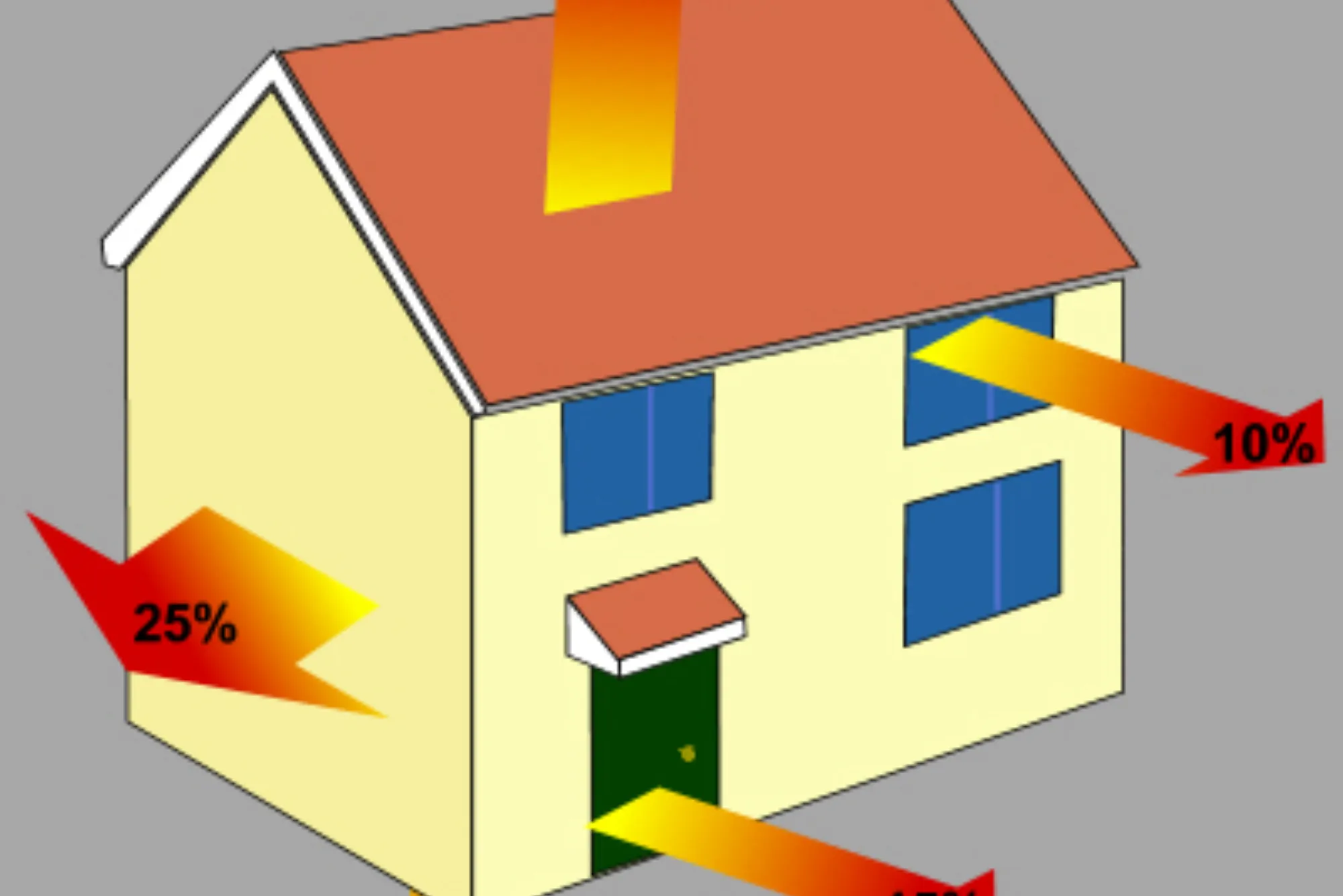Archaeology is a field that thrives on uncovering the past, from ancient artifacts to hidden structures buried beneath layers of earth. While traditional methods like excavation and surveying remain central, technology has opened new doors. One of the most debated tools in recent years is the gold detector and scanner. These devices, originally designed for prospectors and treasure hunters, are now being considered in archaeological contexts. But can they truly be relied upon for scientific discovery, or do they remain tools best suited for hobbyists and gold seekers?
In this article, we’ll explore how detectors and scanners can support archaeology, what their limitations are, and how advanced products such as the Troy are shaping the conversation.
The Role of Gold Detectors in Archaeological Research
At their core, detectors and scanners are built to identify metallic objects underground. For archaeologists, this feature can be both practical and limiting. Many archaeological sites contain coins, jewelry, tools, and weapons that were made of metal. A well-calibrated gold detector and scanner can save significant time by narrowing down excavation areas where metallic artifacts are likely to be found.
The technology excels at identifying anomalies in the soil, often providing an initial guide before more delicate excavation tools are employed. However, archaeology is not always about finding gold or silver. Ceramics, bones, and organic materials often hold equal, if not greater, importance. This means detectors cannot replace archaeological expertise—they can only complement it.
Why the Troy Scanner Is Gaining Attention
Specialized tools like the Troy are particularly noteworthy in this discussion. Unlike basic detectors, Troy combines scanning technology with precision targeting. This allows archaeologists and treasure hunters alike to map underground structures with greater accuracy.
For instance, when surveying a site suspected of being an ancient settlement, the Troy scanner can highlight areas where metallic concentrations exist, giving researchers a starting point. More importantly, its ability to differentiate between ground minerals and actual targets reduces the frustration of false signals. While archaeologists must still verify findings through excavation, tools like Troy make the process far more efficient.
Sensitivity and Depth Considerations
For archaeology, depth and sensitivity are key. Gold detectors are designed to pick up small nuggets or flakes at shallow depths, while scanners aim for larger targets buried deeper underground. Archaeological projects often involve stratified layers of soil that require equipment sensitive enough to differentiate between objects at various depths.
This is where professional-grade scanners outshine hobbyist tools. They allow the operator to detect buried items several meters below the surface, providing valuable insights before digging begins. In regions where excavation is restricted or limited by regulation, this capability is invaluable.
Addressing the Limitations
Despite their potential, detectors and scanners cannot provide context—the most important aspect of archaeology. A gold coin or metallic tool unearthed without its surrounding soil layers loses part of its historical meaning. Archaeologists study not just the artifact but also its relationship to other items and the environment.
Another limitation is that these devices cannot detect non-metallic items like pottery, bones, or wooden structures. Overreliance on detectors could lead to an incomplete understanding of a site’s historical significance. This is why experts caution against using these tools as the sole method of exploration.
Ethical and Legal Considerations
The use of detectors in archaeology is also tied to legal and ethical concerns. Many countries regulate or outright ban amateur detecting in archaeological zones to prevent looting or damage to heritage sites. Archaeologists working in professional settings often require permits and must adhere to strict guidelines when introducing technology like scanners into their methodology.
For responsible use, collaboration between detector operators and archaeologists is essential. Only then can the technology be applied in ways that enhance, rather than hinder, historical research.
Practical Applications in Modern Archaeology
Even with limitations, gold detectors and scanners can serve practical roles in archaeology. They are particularly effective in preliminary surveys of large landscapes where excavation resources are limited. By marking zones of interest, these devices help teams allocate their efforts more efficiently.
For example, in desert regions where ancient trade routes once flourished, detectors can pinpoint buried coins or tools that signal human activity. Similarly, in old battlefields, scanners can locate metallic weapon fragments, aiding in the reconstruction of historical events.
Conclusion
So, can a gold detector and scanner be used for archaeology? The answer is yes, but with caution. These tools are best viewed as companions to traditional methods rather than replacements. They offer speed, efficiency, and precision when it comes to locating metallic objects underground, but they cannot interpret context or detect non-metallic artifacts.
Products like Troy showcase how advanced detectors are evolving, offering archaeologists new ways to approach surveys and fieldwork. However, ethical and legal responsibilities must always guide their use. When employed correctly, detectors and scanners can help bridge the gap between modern technology and the timeless pursuit of understanding our past.











